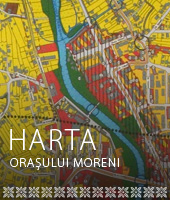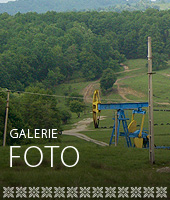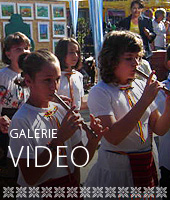Events Calendar
vizite
The deposits were one of those things that made Moreni to be a known center, not only in Romania but also abroad, and made everyone say that here at Moreni " important pages of external politics were played". The placement of the resources is related to lithology, structure and tectonics, and their nature depends on the existing conditions at the time of their formation.
The salt, oil and natural gas resources are associated on the form of oil structures disposed on many lines, the difference being based on the remoteness of the Paleogene, and also on the depth at which the miocene salt formation is found. In the Gura Ocnitei - Moreni - Bana - Piscuri anticline, the salt mountain appears at the surface and it has a lenght of 6km (N.Grigoras, 1961). From a probe in Moreni, the salt was found to be from a depth of 16m to 449m but with many marl intercalations - clay and also sand( V. Meretin, 1912). Another probe used in these salt deposits with marl intercaltions, went from 32m to 885m, which proved that the salt deposits are very large but their quality is not that great.
The Oil deposits from the productive formation are in dacian, meotian, helvetian and specifically from levantine Moreni, making this city an important national and international center for permanent exploitation, with high production in the last few decades. Large deposits of coal were found in the nordic part, and in the east, they've started mining opertions deep inside the city of Filipesti. On the hill of Sangeris, myths taken from old records, speak of healing springs, used empirically by people decades ago. Noteworthy are also the water reservoirs, which can get to surface with the help of probes, today being used only by those from the west of the city for the Gura Ocnitei Health resort.
Under the city, geological exploitations have discovered other mineral resources which will be exploited based on national economical needs. We also find marl clay, gravel and sand in a strong alluvial area and gravel, sand and clay on the surface.










